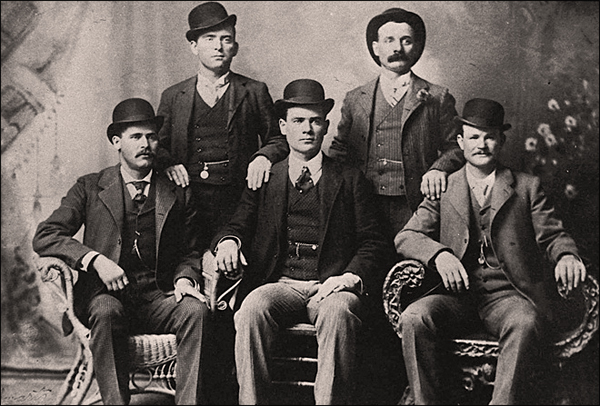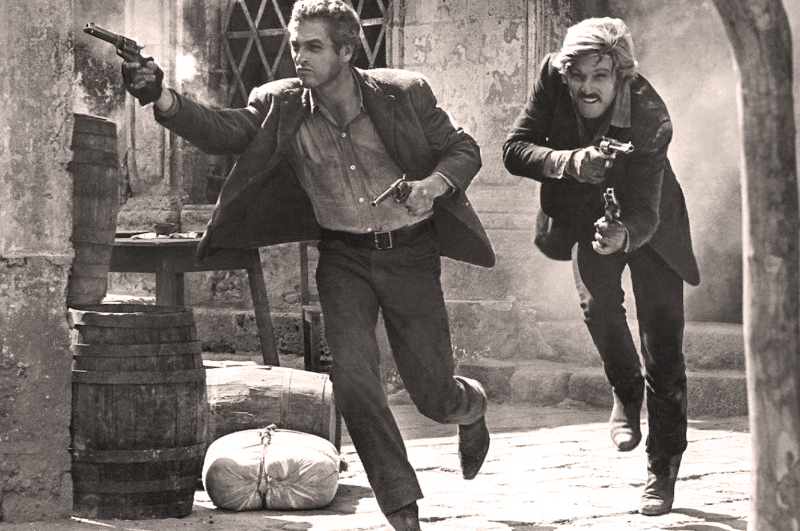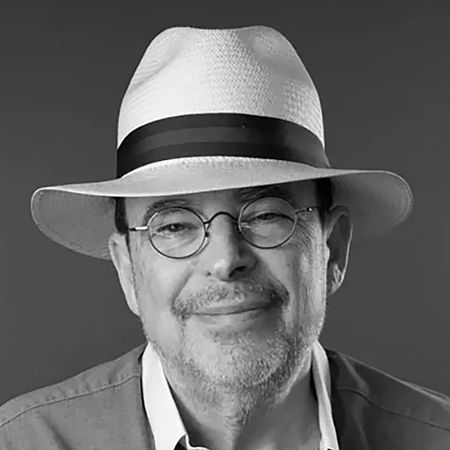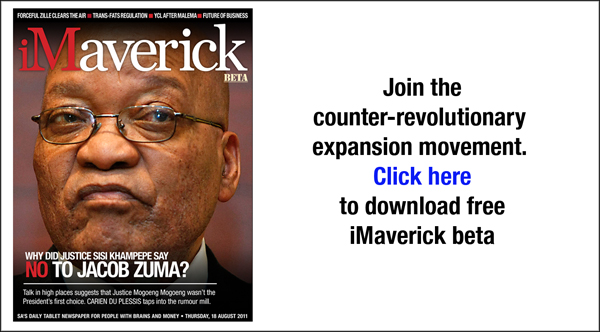Probably no American anti-heroes have ever gotten quite the star treatment of Butch Cassidy and the Sundance Kid – right back to when The New York Times reported their daring Union Pacific train robbery on 2 June 1899. Of course, it hasn’t hurt the legend that they were portrayed by Paul Newman and Robert Redford – with beautiful Katherine Ross as Cassidy’s gun moll, Etta Place. Or that Hal David/Burt Bacharach music, sung by BJ Thomas, softened the edges of their tale.
For years, the official story (and the Hollywood one as well) has been that the two died facing off against the entire Bolivian army. For Hollywood at least, they went in a blaze of glory and slow-mo cinematography. Now, however, comes a report that Bolivia wasn’t the end after all. Instead, Butch Cassidy returned to the US after the Bolivian heroics and lived on in the west as a mind-mannered, law-abiding machinist and retiree for nearly three decades more.
This new story comes from a rare book collector who says he has a 1934 manuscript entitled “Bandit Invincible: The Story of Butch Cassidy”. Some 200 pages long, and twice the length of a long-known novella with the same title, it was written by William Phillips who died in Spokane, Washington in 1937.
According to book collector Brent Ashworth and Montana writer Larry Pointer, this manuscript offers the best evidence to date – including details on Cassidy that only the man himself could have known about – that “Bandit Invincible” was actually the famous criminal’s autobiography and that Phillips was Butch Cassidy himself.
Of course, not everybody has been immediately and completely won over. It’s “total horse pucky,” says Cassidy historian Dan Buck. “It doesn't bear a great deal of relationship to Butch Cassidy's real life, or Butch Cassidy's life as we know it.”

Wild Bunch: Sitting (l to r): Harry A. Longabaugh, alias the Sundance Kid, Ben Kilpatrick, alias the Tall Texan, Robert Leroy Parker, alias Butch Cassidy; Standing (l to r): Will Carver, alias News Carver and Harvey Logan, alias Kid Curry; Fort Worth, Texas, 1900.Via Wikipedia
Old West historians generally agree Cassidy was born Robert LeRoy Parker in 1866 in Beaver, Utah. His first bank robbery was in 1889 and then he fell in with some cattle rustlers hiding out in the “Hole in the Wall”, a hideaway in northern Wyoming. Cassidy managed to get away before the ranchers did away with cattle rustling (and the rustlers) in the so-called “Johnson County War.” These events are the setting for many books and films, including “Shane”, “Heaven’s Gate” and “The Virginian”, just to name a few.
Learning his chosen craft, Parker, now Butch Cassidy, had served a three-year prison sentence for possession of some stolen horses. Afterwards, he went onto his attention-grabbing spree of train and bank robberies all across the west – and then on to South America.
Ashworth says the author of “Bandit Invincible” clearly changed some of the names and incidents, but the manuscript has corroborative details that could only have come from the man himself. These include a judge’s meeting with Cassidy while he was in prison in 1895, in which the judge offered to “let bygones be bygones” and offered to get a pardon from the governor for Cassidy. According to the material, Cassidy refused to shake the judge's hand, saying, “I must tell you now that I will even my account with you, if it is the last act I ever do.” And, in fact, Wyoming's state archive has an 1895 letter by the very judge who had put Cassidy into prison. In his letter, the judge describes how Cassidy harboured some “ill-will” about the thing and refused the “friendly advances” of another judge, Jay Torrey, who actually visited Cassidy in prison. Torrey and Cassidy had previously had words in court two years before when Cassidy sued the judge for stealing his cattle.
In explaining why these small details are crucial, Pointer says, “What's really remarkable to me is that, who else cares? Who else would have remembered it in that kind of detail... about an offer of a handshake and refusing it in a prison in Wyoming in 1895?”
"Bandit Invincible” also describes how another rustler, Ed Seeley, told Cassidy's gang how to find their remote hideout in northern Wyoming. Pointer adds Cassidy’s gang hid there more than at Hole in the Wall, a spot that was by then known to authorities. And, in fact, records do show an Edward Seeley was imprisoned at the Wyoming Territorial Prison while Cassidy was there. Pointer adds “That's just really exciting to me because this is really ephemeral stuff. No one who had not been there or done that would know that.” Doubters argue that of course Phillips would have known some of these things – he and Cassidy had known each other years before.
Watch:
type="application/x-shockwave-flash">




 Paul Newman and Robert Redford in Butch Cassidy and the Sundance Kid.
Paul Newman and Robert Redford in Butch Cassidy and the Sundance Kid. 
